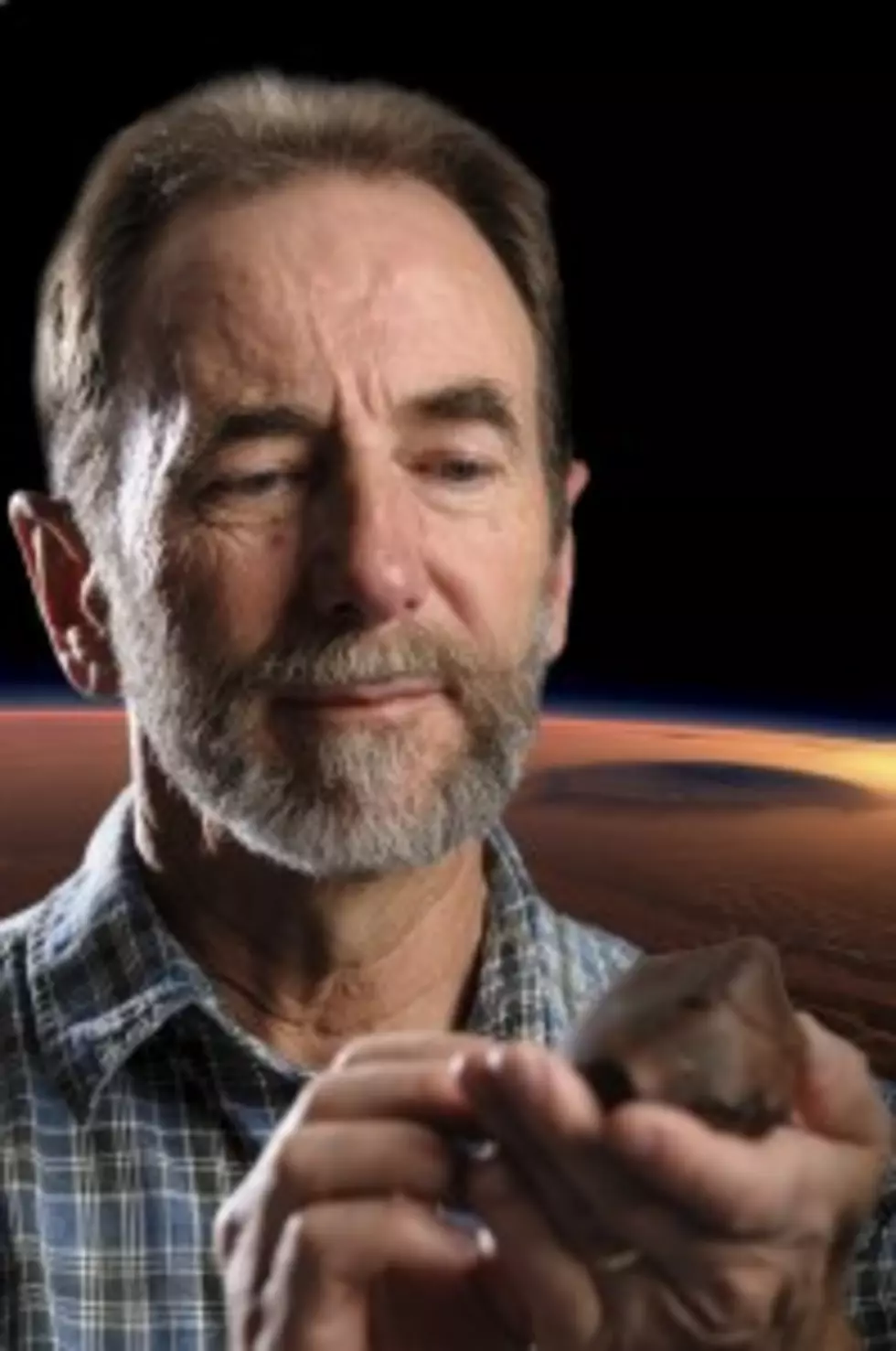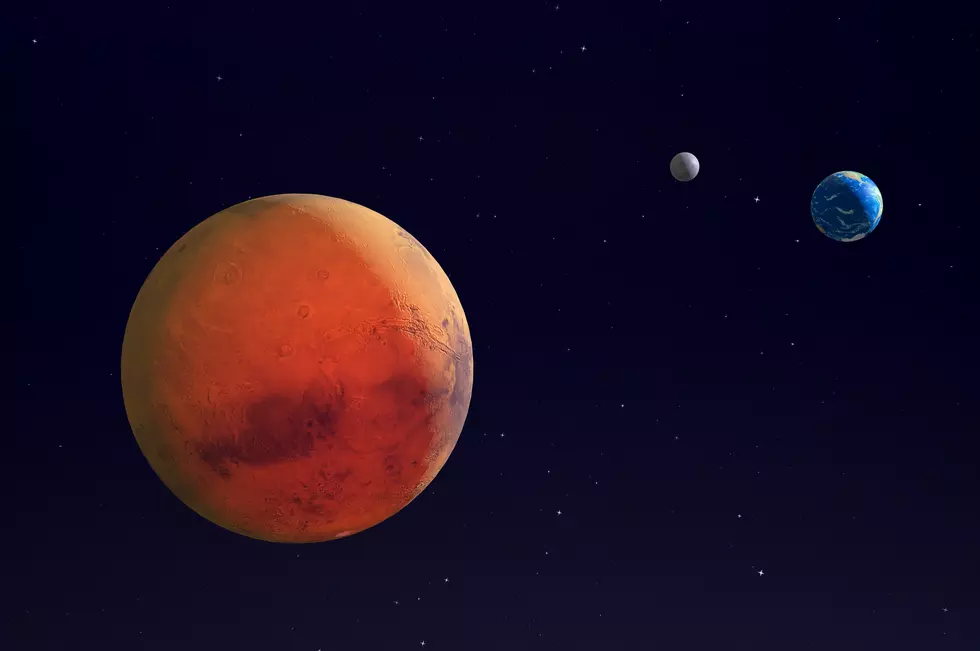
UW Researcher’s Techniques Help Solve Martian Mystery
Kevin Chamberlain, a research professor in UW’s Department of Geology and Geophysics, has helped to determine the age of key geological events on the planet Mars.
The new mineral-dating techniques were developed at the University of Wyoming by Chamberlain with Norbert Swoboda-Colberg, a lab technician for the UW Geology and Geophysics department, and Susan Swapp, a senior research scientist in the department.
The techniques were used to determine the age of volcanic activity on Mars at 200 million years ago, as well as the timing of a "large-impact event" 22 million years ago. That event is said to have launched rocks off the surface of Mars, that eventually fell to Earth as meteorites.
The University says that Chamberlain is one of seven co-writers of a research paper, titled Solving the Martian Meteorite Age Conundrum Using Micro-Baddeleyite and 'Launch-Generated Zircon'. The paper was published in a recent issue of Nature, an international weekly journal of science that publishes peer-reviewed research in the fields of science and technology.
“The combination of techniques allowed us to determine the magmatic age of the lava on Mars as well as the time that the sample was launched into space by a bolide impact,” Chamberlain says. “Our results also solved an ongoing debate about the age of magmatism that most Martian meteorites appear to have sampled.”
Chamberlain presented results of the group’s research at an invited talk at the Goldschmidt 2012 International Geochemistry Conference in Montreal last summer, and at UW’s Department of Physics and Astronomy colloquium this past spring.
“We plan to apply these techniques to additional meteorites from Mars, the moon and several asteroids to gain a better understanding of the evolution of the solar system,” he says.
For a look at a video of the research -- provided by Desmond Moser from the University of Western Ontario, the paper’s lead author visit the University of Western Ontario's website.
More From KOWB 1290









